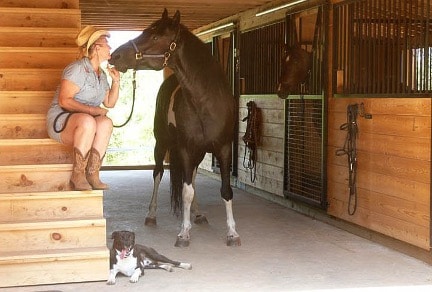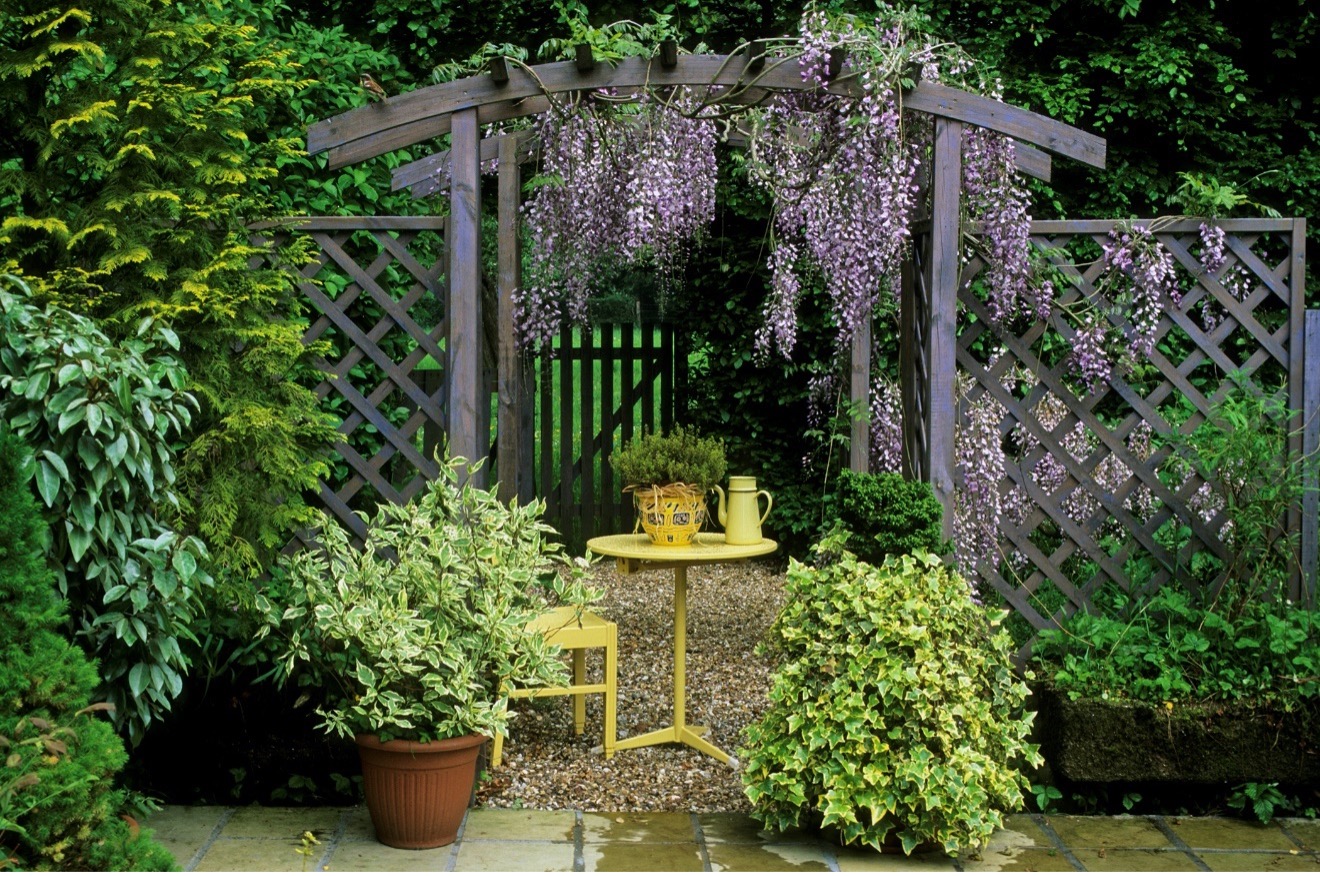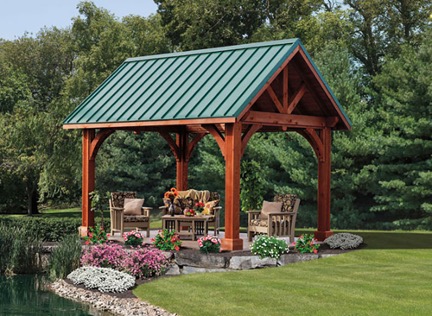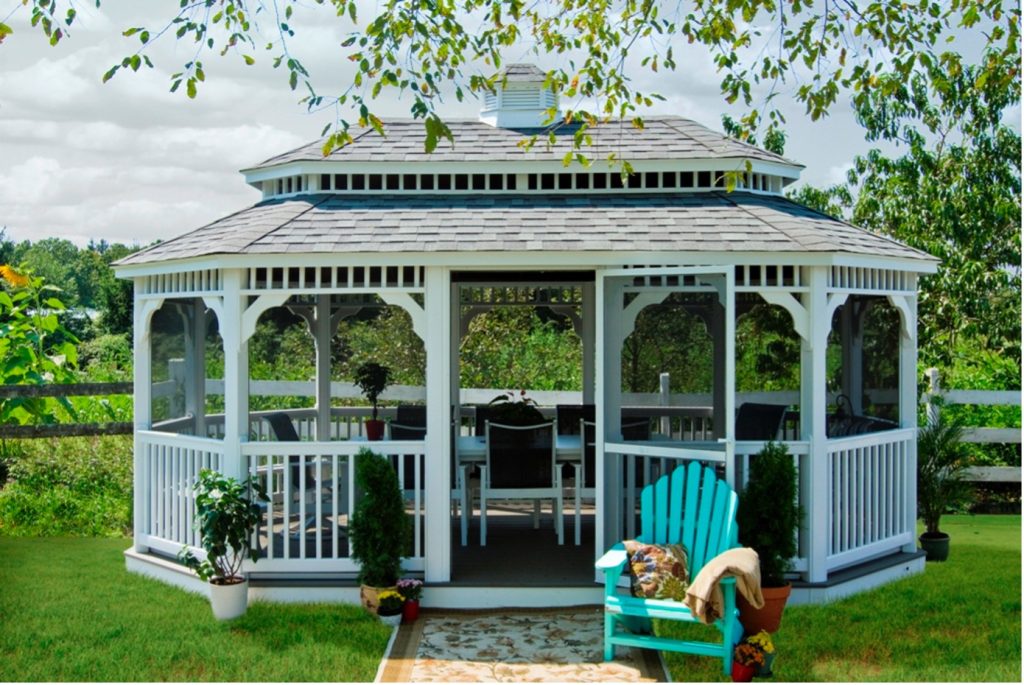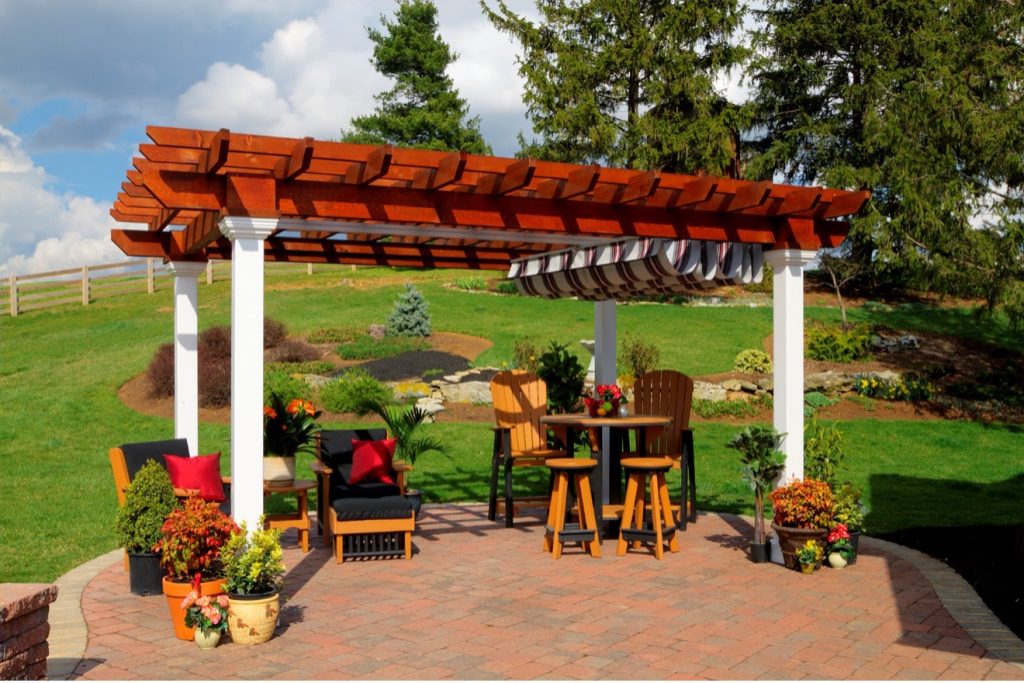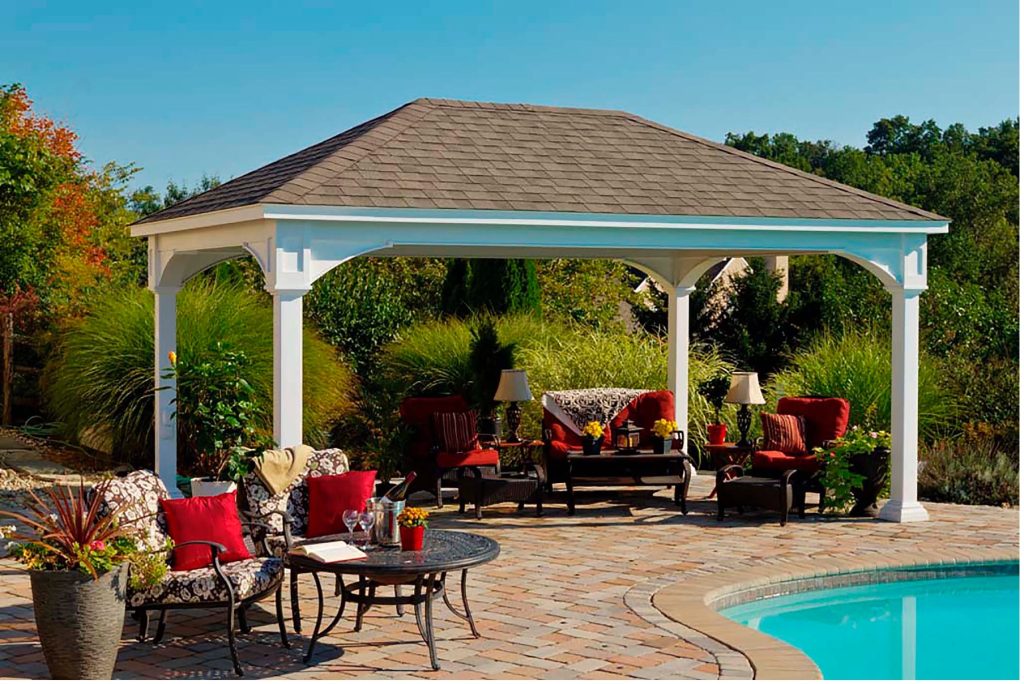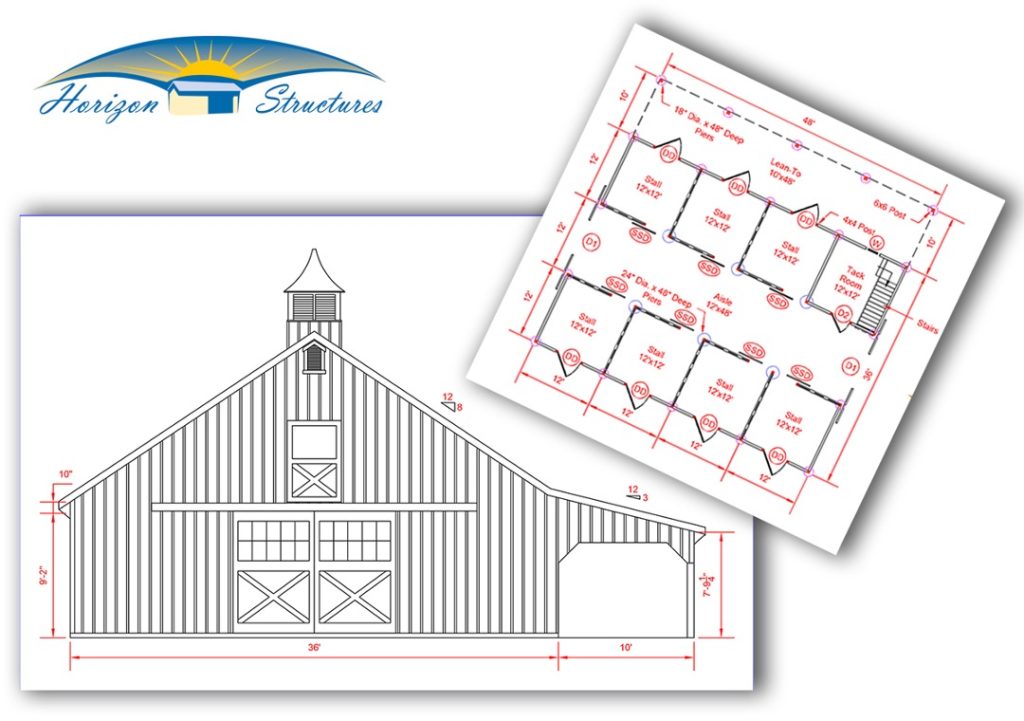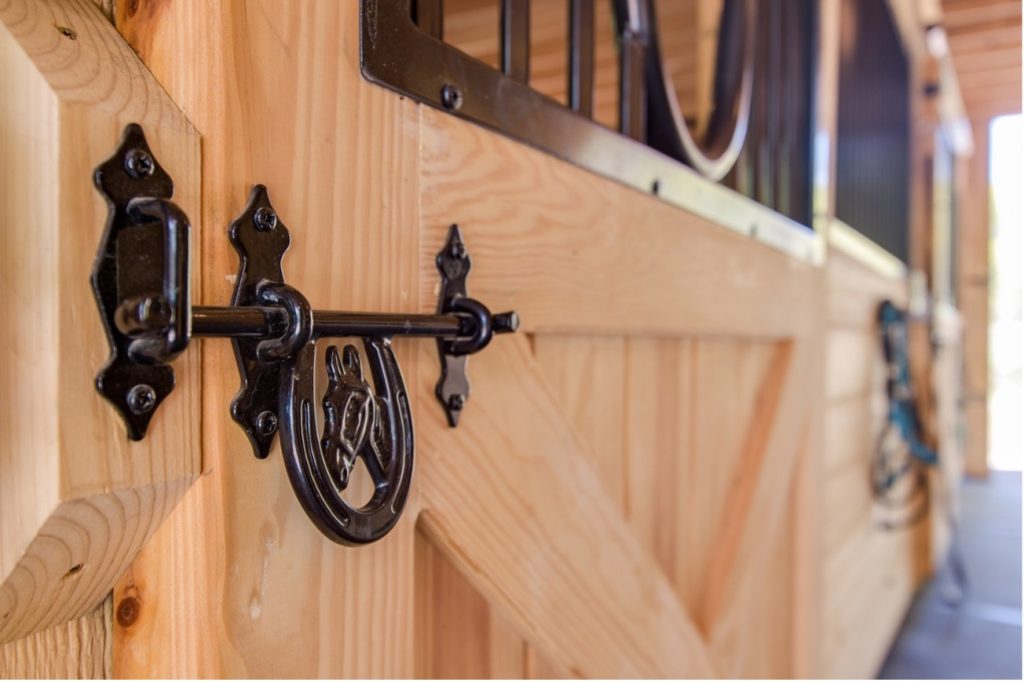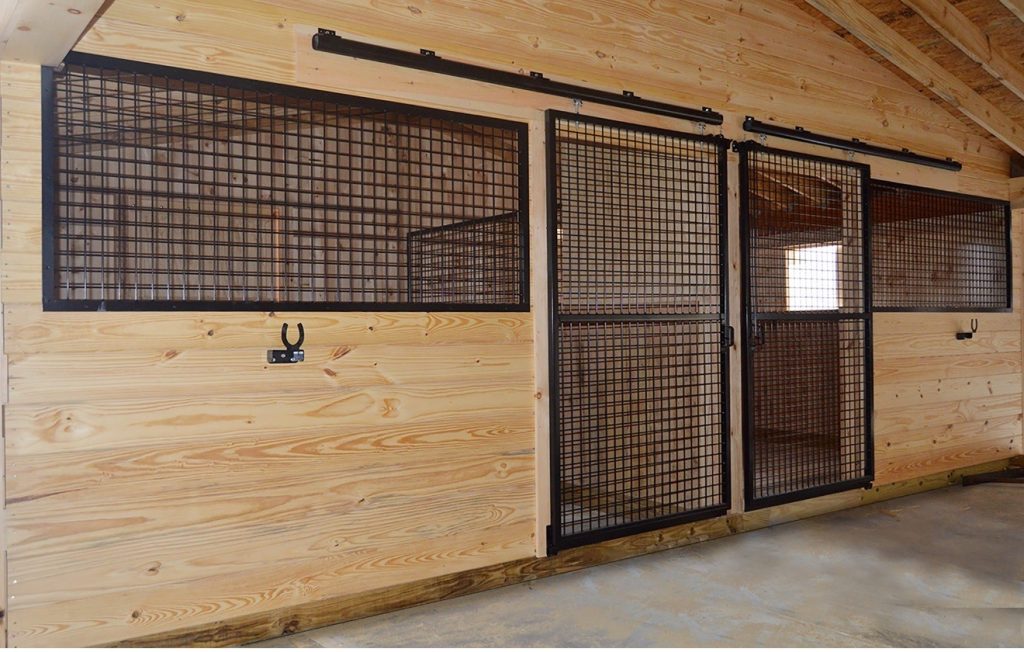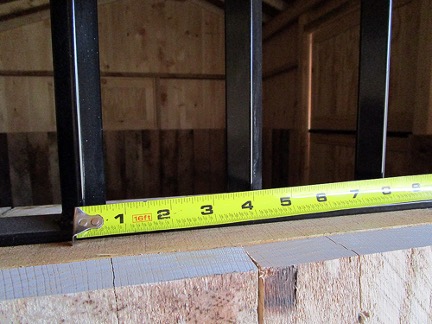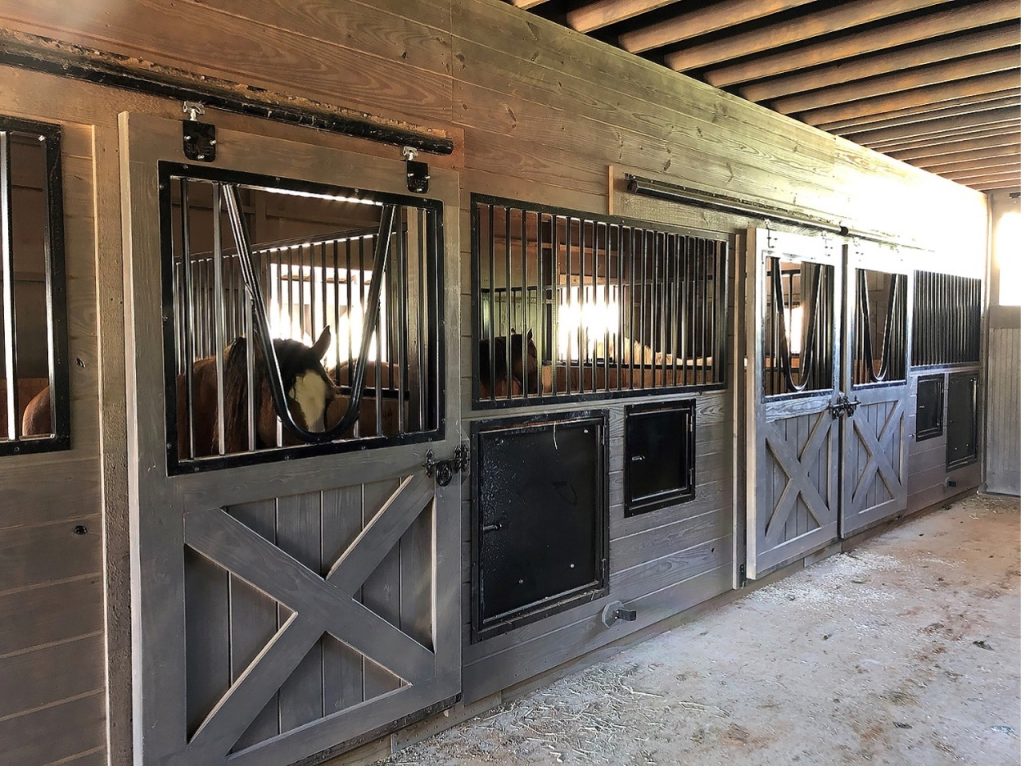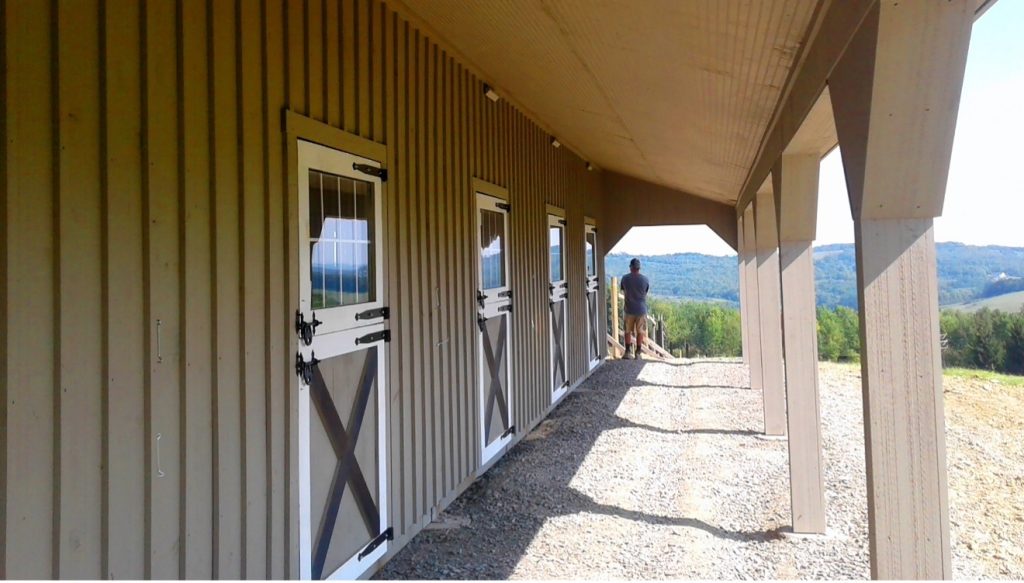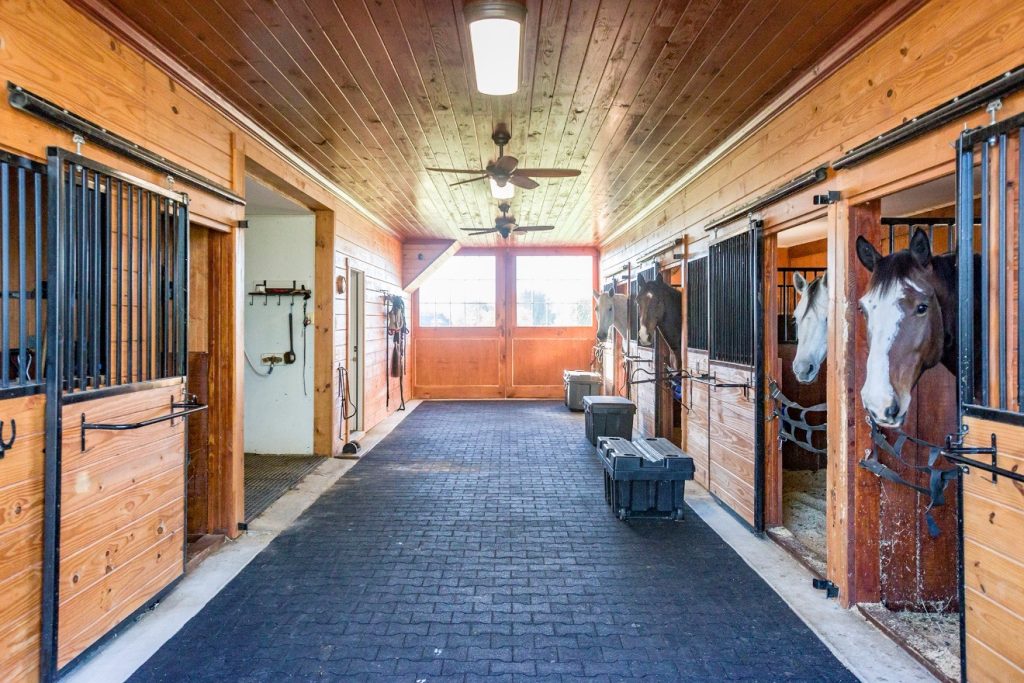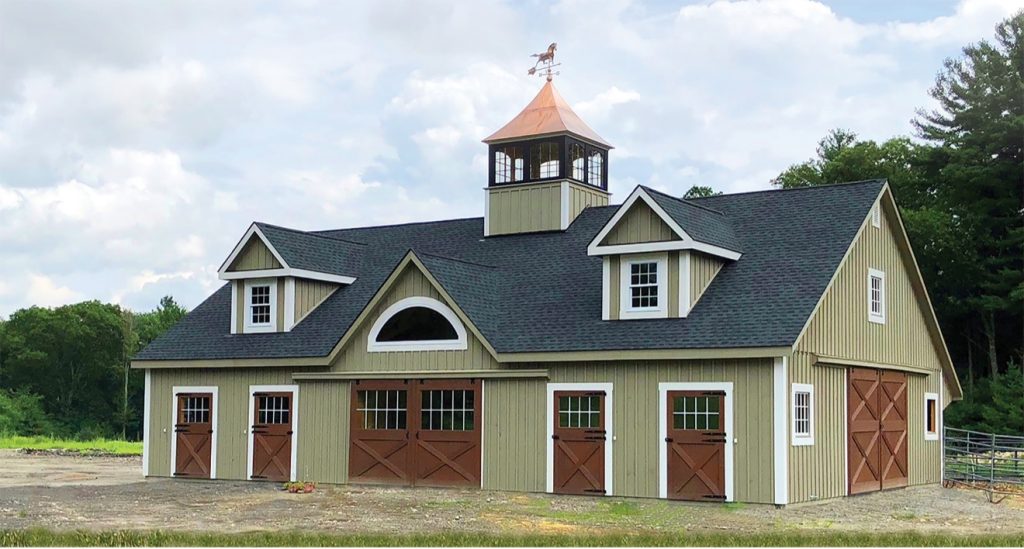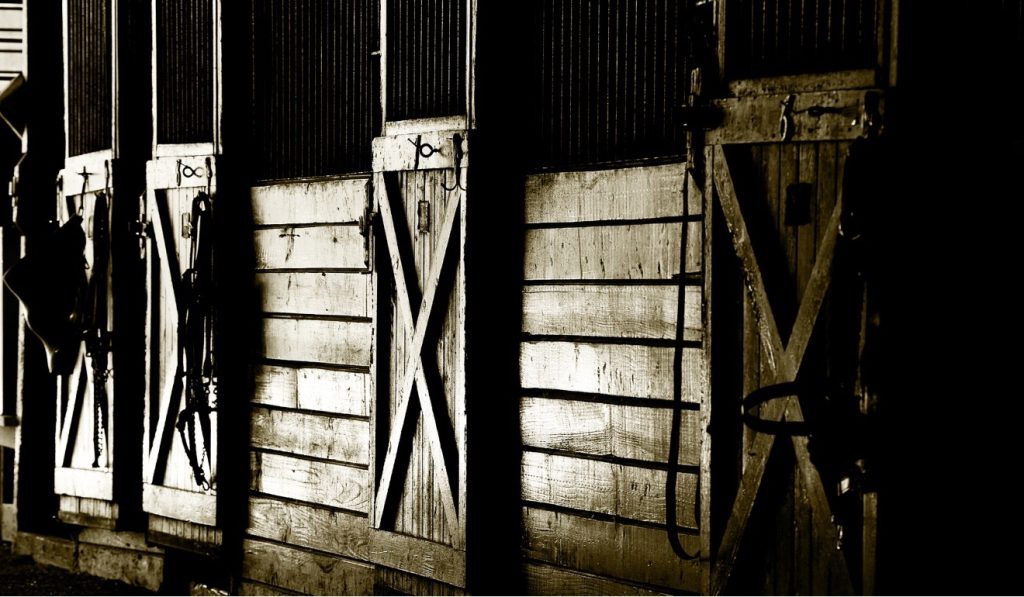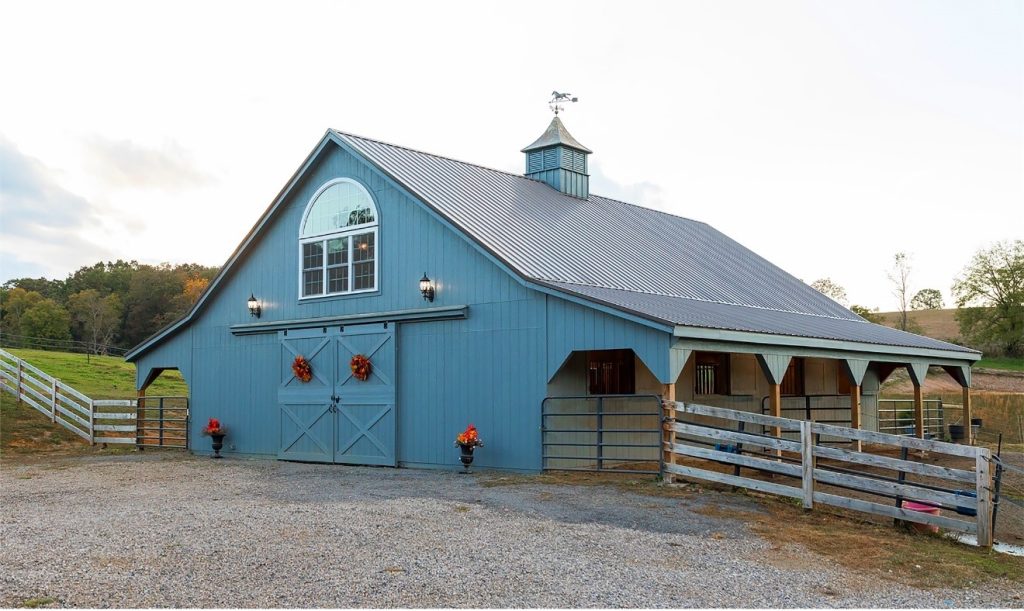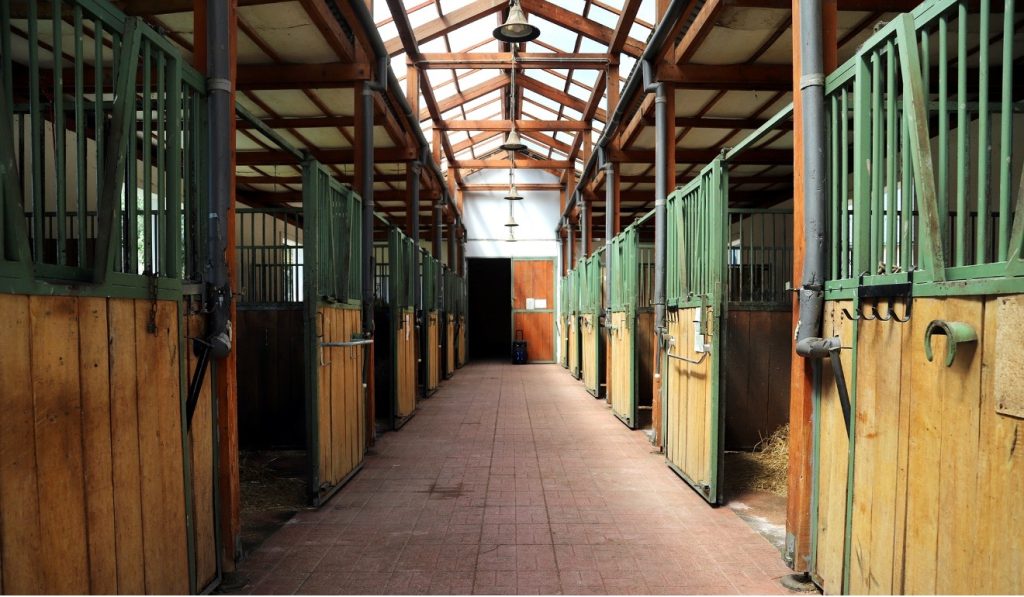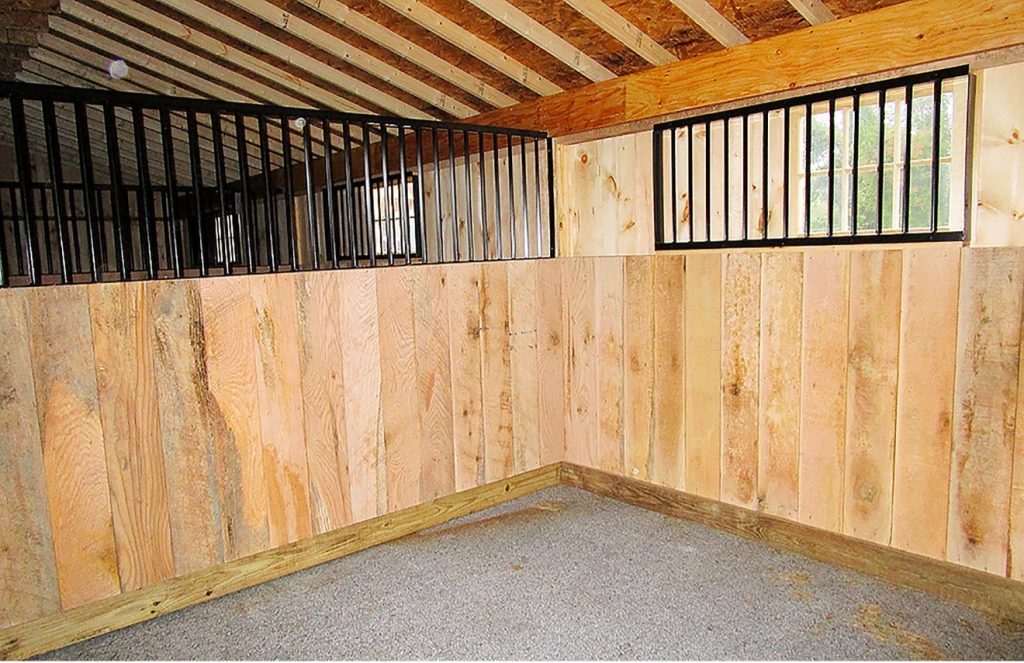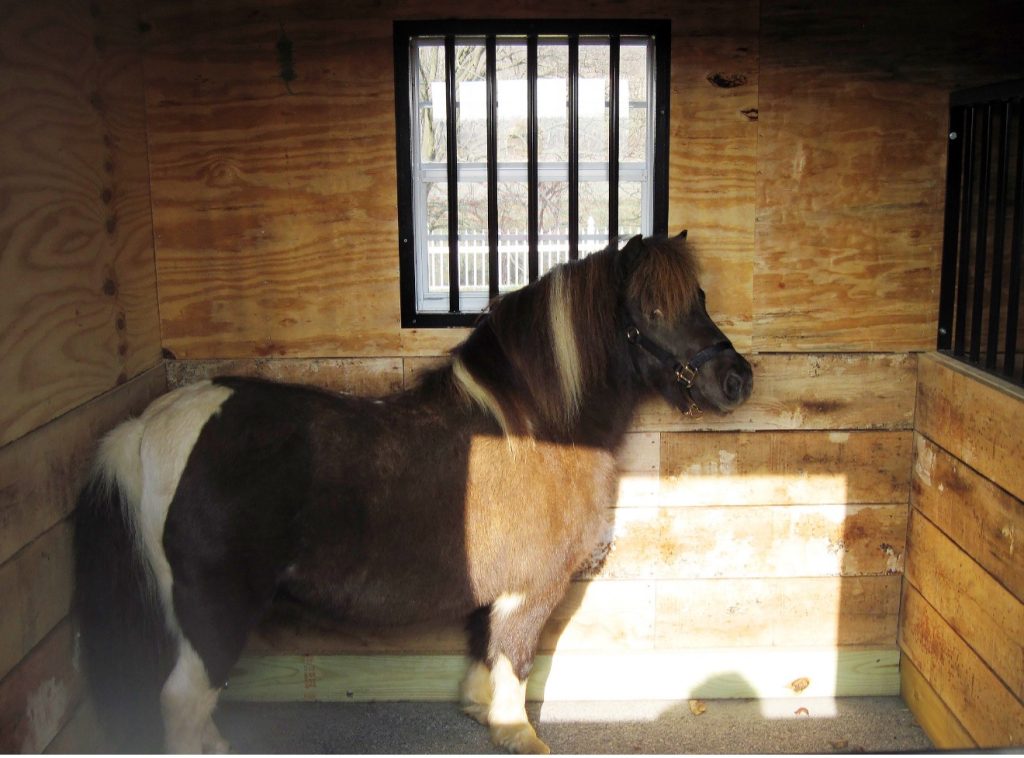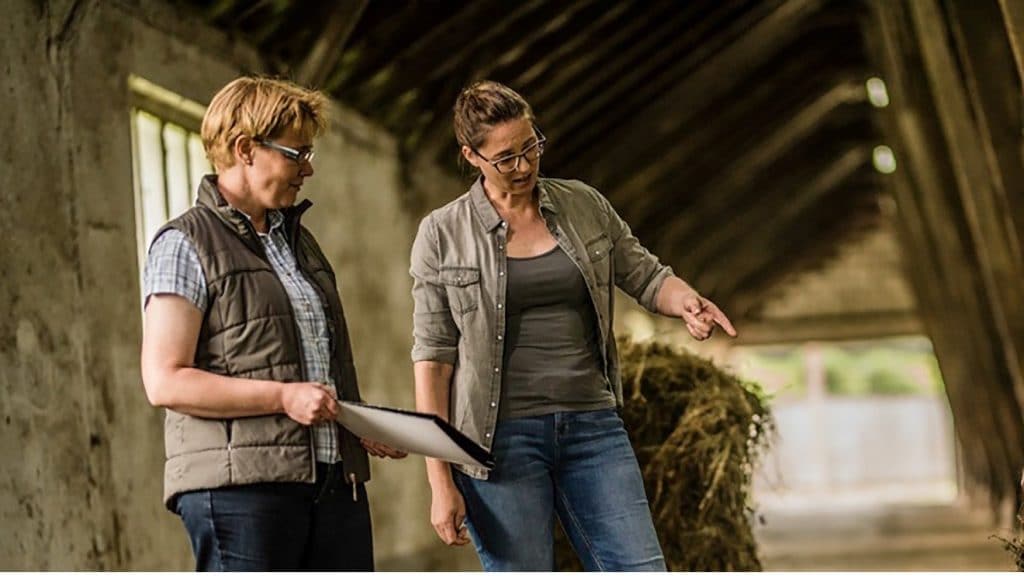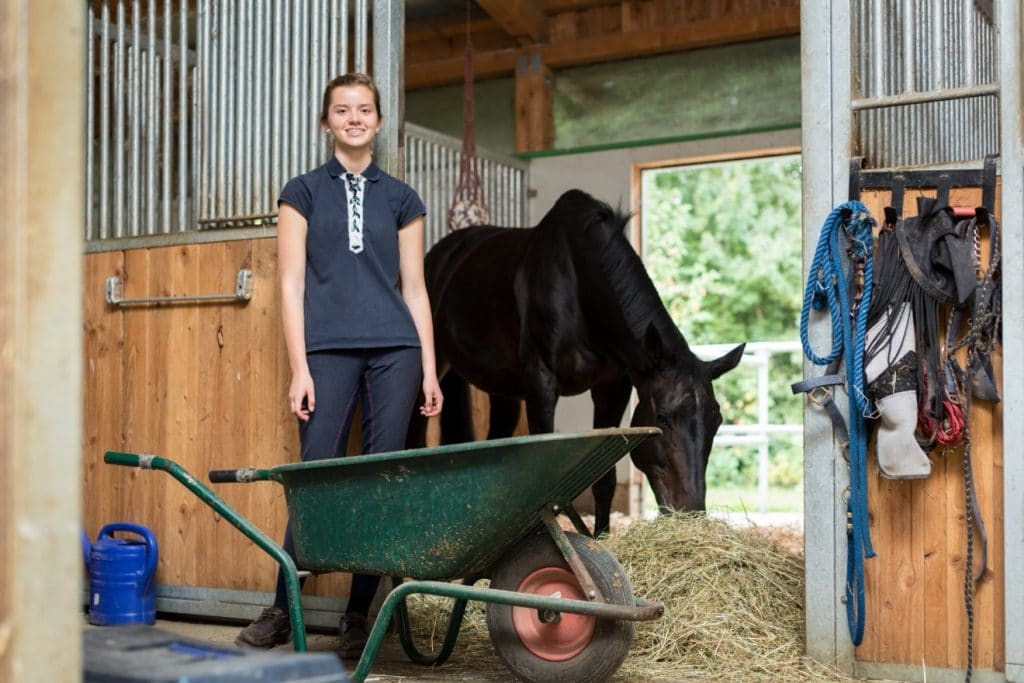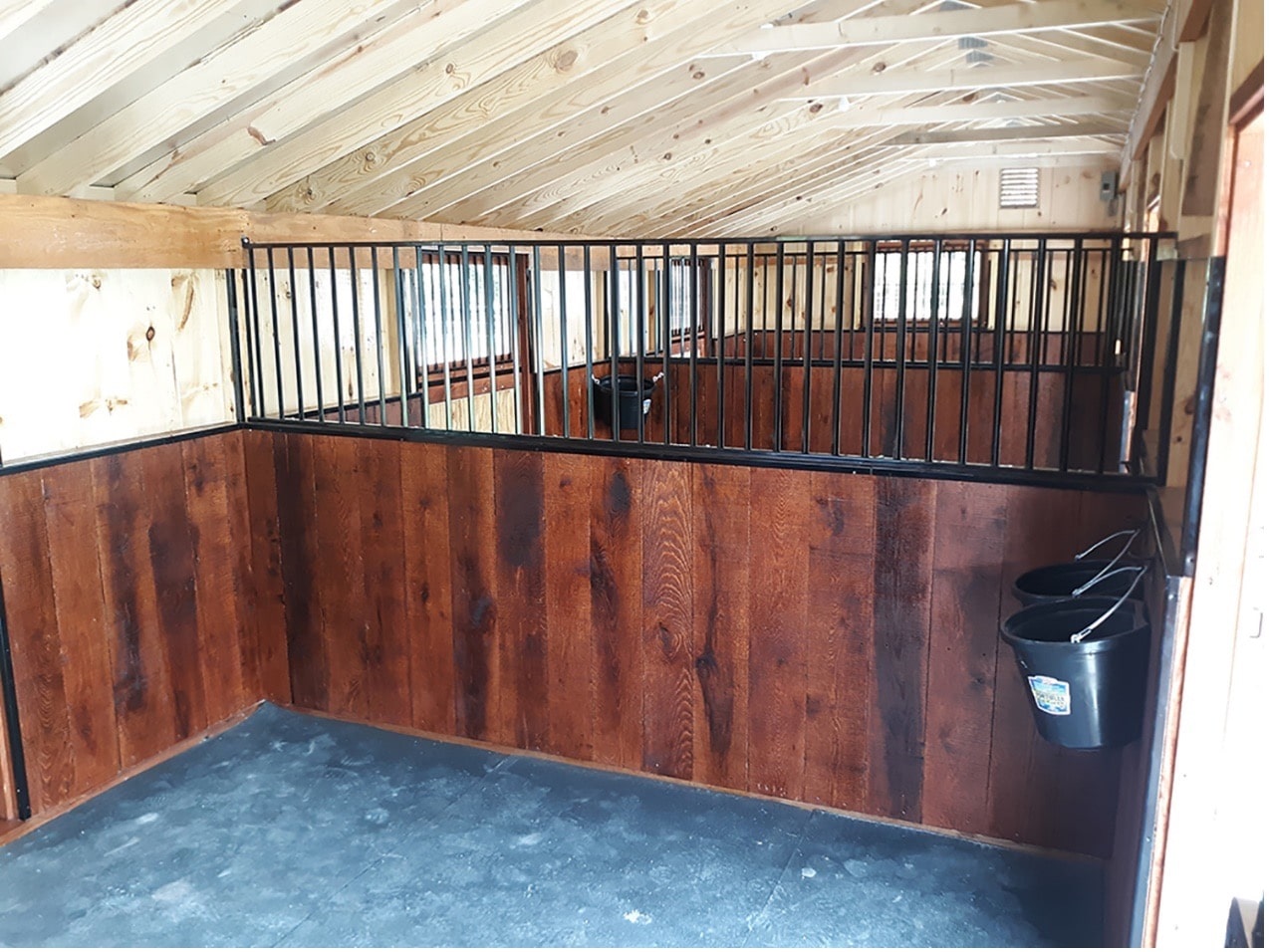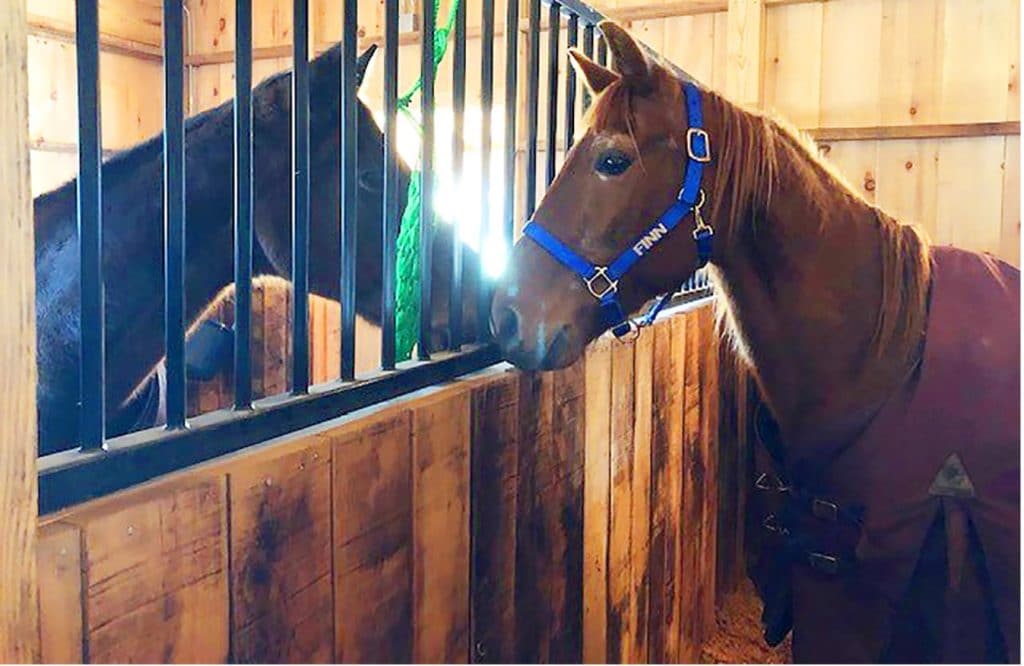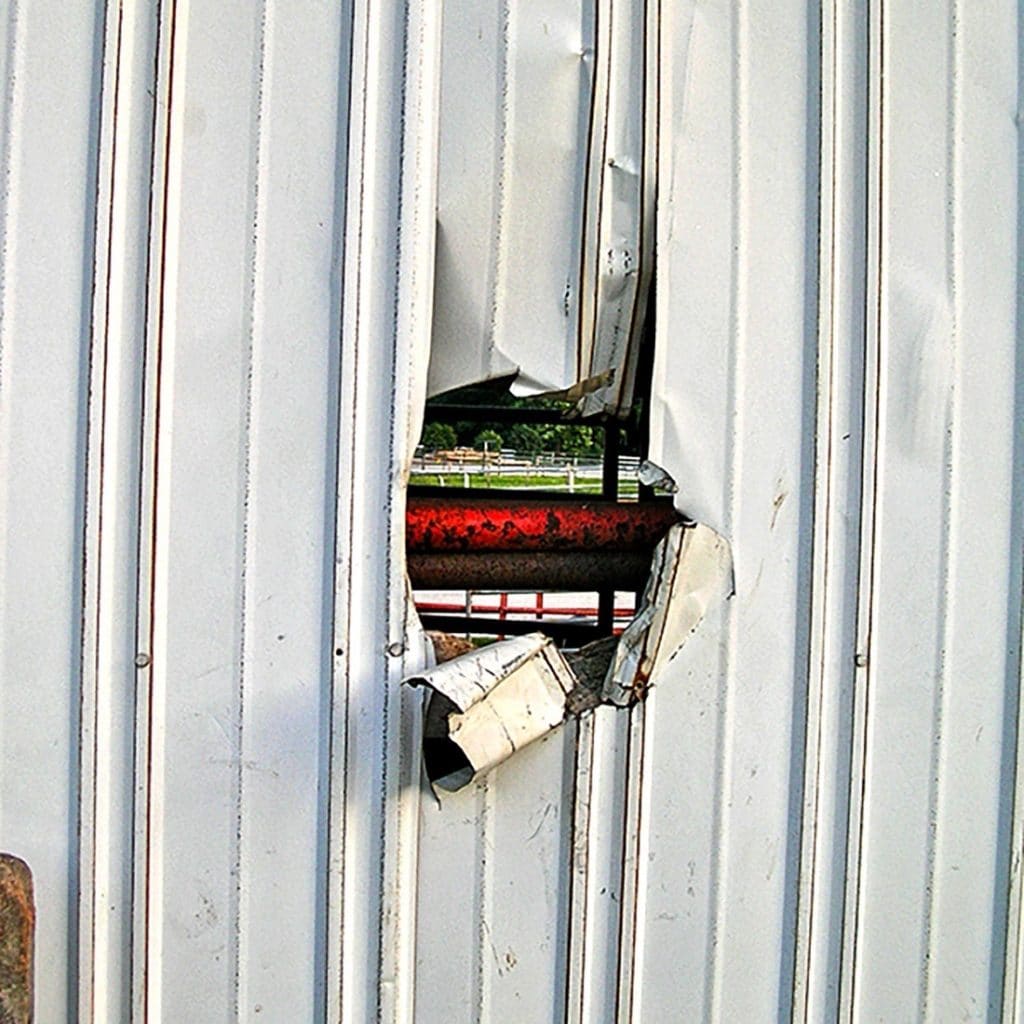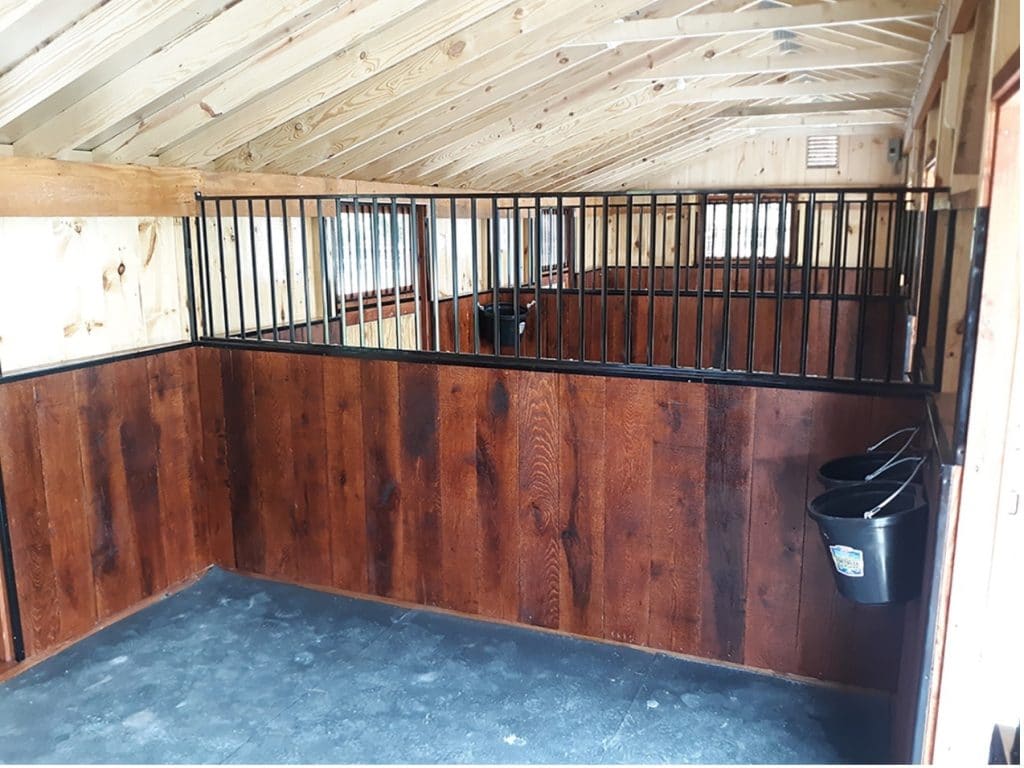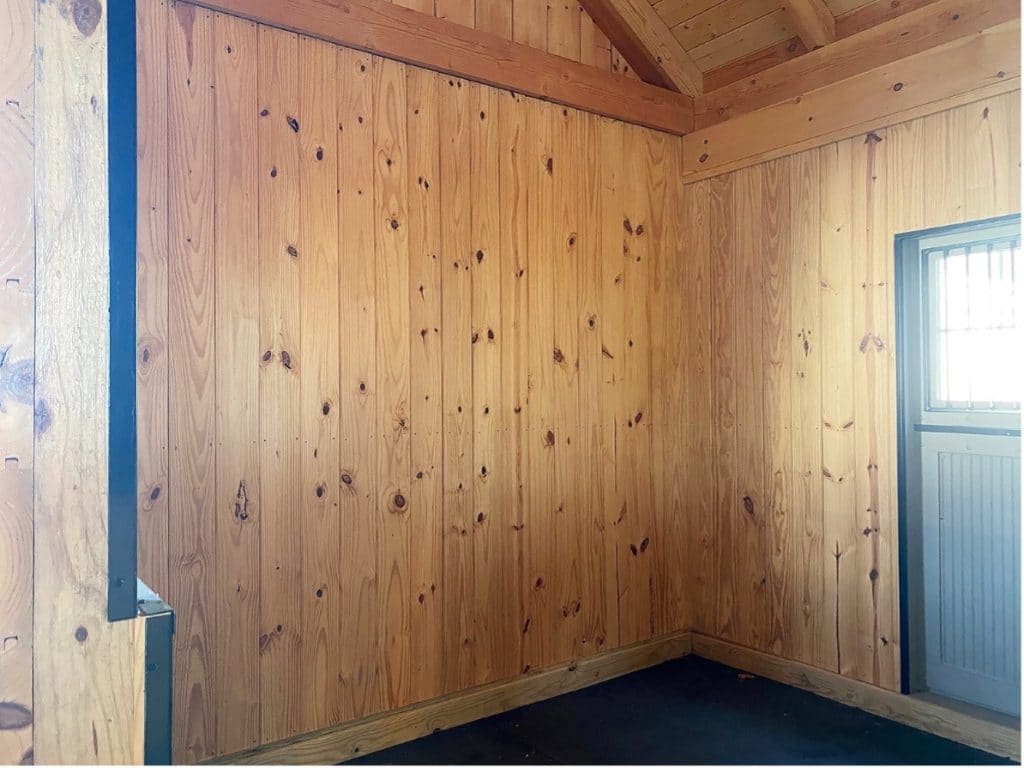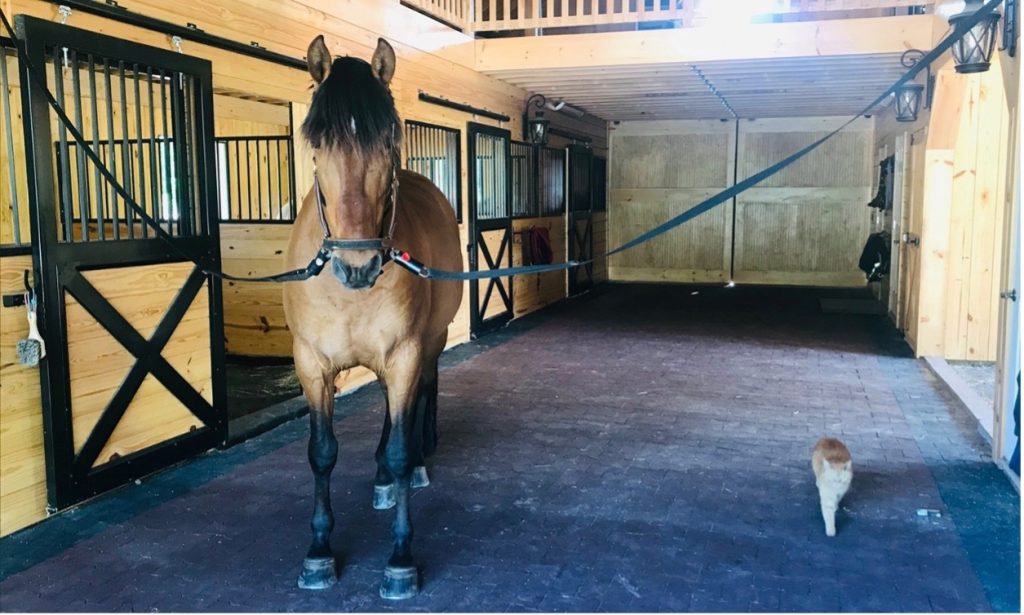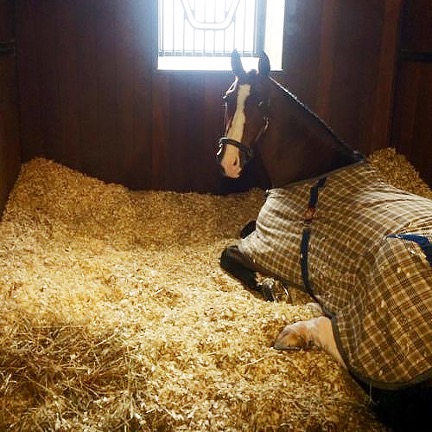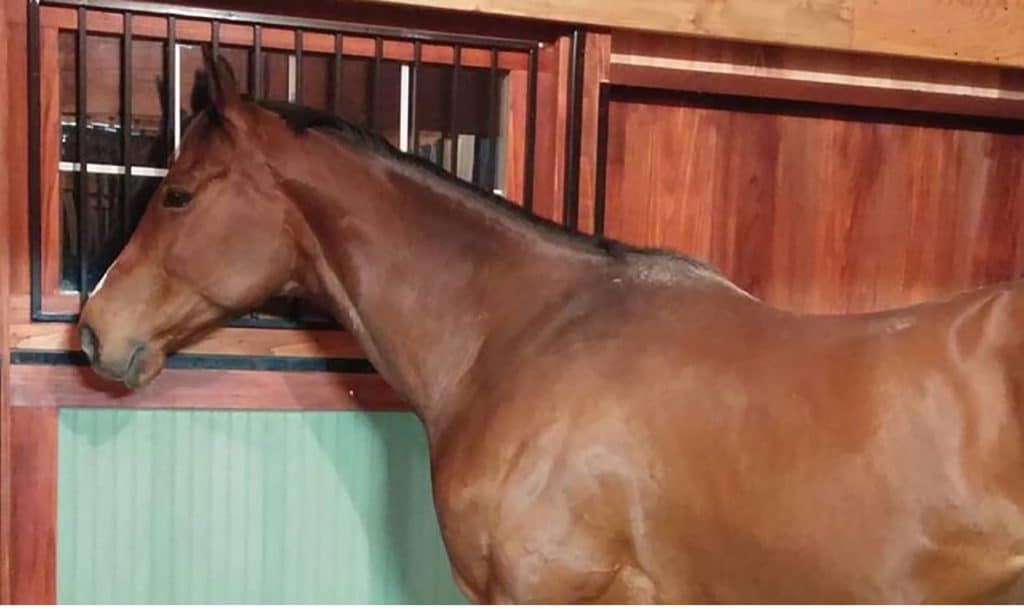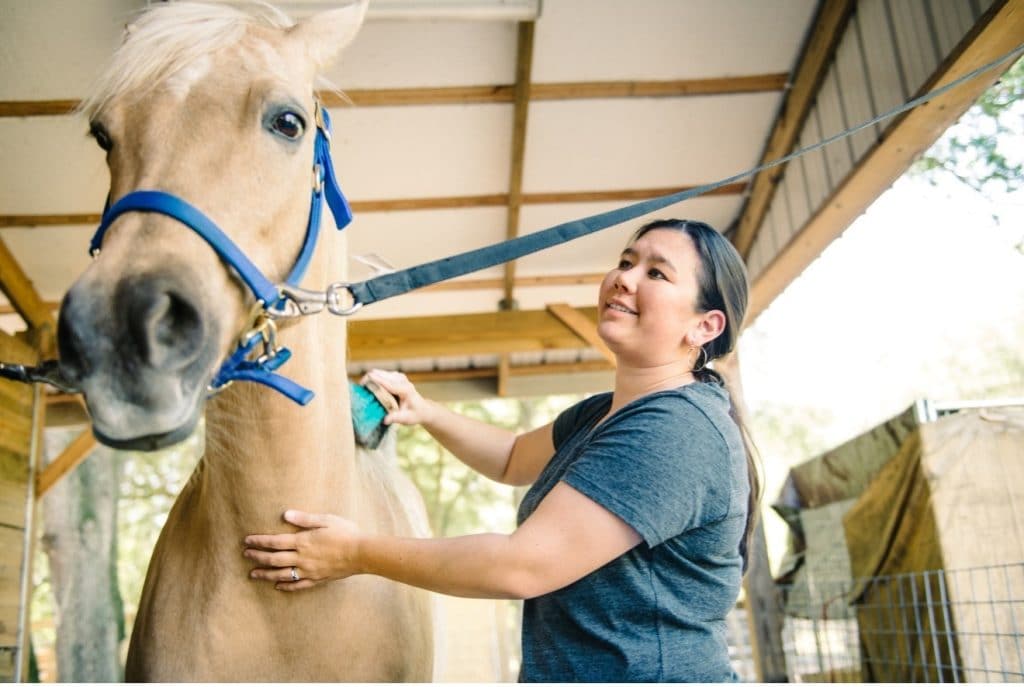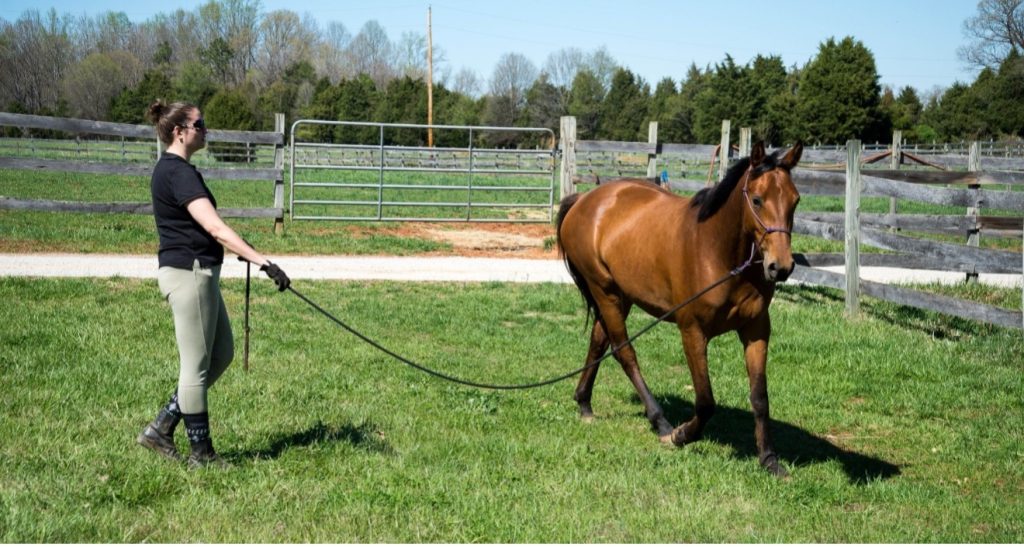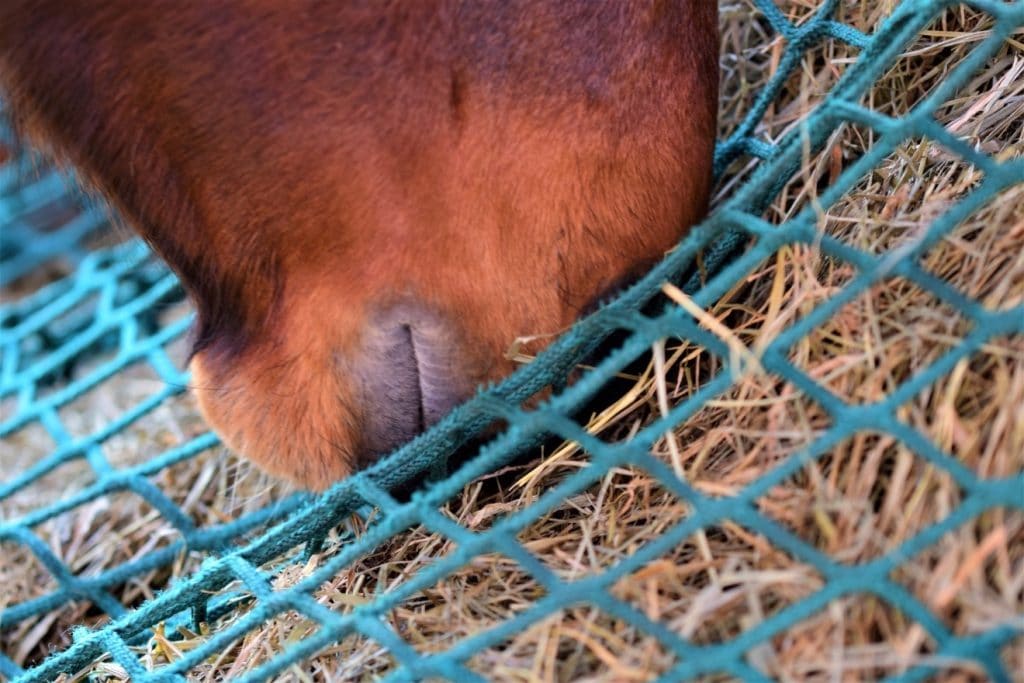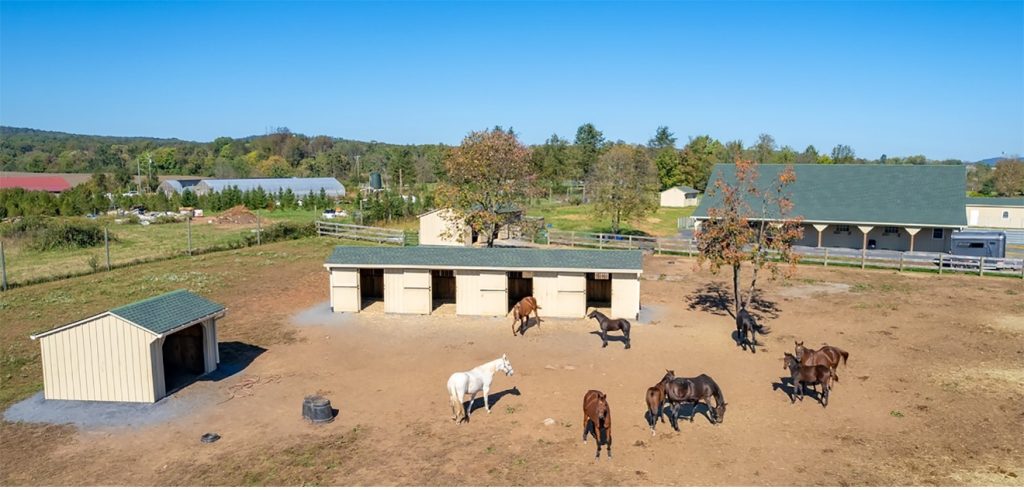The care, custody and control responsibilities of working with horses usually includes handling the noble beasts in confined spaces. Daily duties often include leading the horses to and from pastures to the shelter of a stable or horse barn. Whatever the design or style of horse housing utilized, there are many opportunities for accidents to happen that can result in minor or major injuries to horse or human.
Accidents are defined as unexpected events that are not intended but that cause damage or injury. Horses are large, unpredictable creatures of flight so horse trainers/owners/handlers should truly learn to ‘expect the unexpected’ and be proactive in accident prevention.
Sadly, every year many injuries occur that could easily have been prevented with the use of a few simple training techniques for horse and handler. It is not just the neophyte horse owners or caregivers that cause preventable injuries. Often knowledgeable and experienced horse people are lulled into bad practices and become casual in their handling habits regarding their equine charges.
Remember every time you are in a horse’s presence you are teaching it something. Make sure it is something you want it to learn.
The practice of opening the pasture gate and allowing horses to move freely to their barn stalls either ‘en masse’ or individually may seem fun and be quicker to do than taking the time to halter the horse(s) and lead them to the barn, but such actions can also result in horses becoming injured.
Arguments can occur between horses as to who has which stall, inadvertent kicks can cause injury to horses/humans and damage to property, horses can hit their hips entering the stall in a rush etc.
Additionally haltering and leading a horse is a valuable training opportunity.
Here are 5 safe horse handling tips that when consistently implemented may help mitigate the risk for injury to horse and human:
The Simple Stop
It may seem simple but the ‘stop’ offers a significant safety benefit when leading the horse in and out of the barn. Teaching your horse to halt when being led on a halter with the rope is easy to do. Safety caveats include:
- Never wrap the rope around the hand or fingers or drape it over your shoulder as a sudden movement from the horse could cause significant injury.
- The habit of throwing the lead rope over the horse’s back as it enters the stall alone while the handler stands back can cause injuries such as rope burns to the horse should the rope fall to the floor and the horse step on it.
- Ensure the horse’s halter is properly fitted. The noseband should be placed 1” below the cheek bone. Both the noseband and the throat latch should be a snug enough fit to ensure the halter won’t come forward and over the horse’s ears should he back up or come off under the horse’s chin if he rears up or pulls back.
- If a lead shank is used instead of a rope, it should not be looped through the halter and clipped back to itself. This could result on a horse stepping a hoof through the loop in the chain if grazing or dropping its head and cause the horse to panic and thus result in serious injury.
Training Tips:
- Voice commands should always be used in addition to rope tugs that exert pressure on the noseband of the halter.
- The use of the word halt, or whoa, given in a commanding voice in a low tone combined with a light pull and release of the rope is all that should be needed to halt the horse. Remember it is the release that teaches the horse not the application of pressure.
- The handler is at the shoulder of the horse and stops alongside the horse at the same time. The horse can be rewarded with praise and a pat on the shoulder and then asked to ‘step up’ or ‘walk on’.
- After training test the horse’s understanding of this very basic task by using just the verbal command i.e., the handler walks forward a few steps after issuing the halt command and stands still while asking the horse to step up or walk on.
- Eye contact made at the time of the halt and then released when asking the horse to step forward can also be employed.
- Should the horse not understand or respond to the halt command it is important not to start a tug of war on the rope. Simply walk forward a few steps and ask again. Eventually the horse will ascertain how easy it is to comply and seek the positive reinforcement reward.
The horse should always be halted before being led into a barn, before being led into or out of a stall or through a doorway to an indoor arena.
This gives the handler the opportunity to ensure there are no obstacles such as tack boxes, skips etc. other horses, pets, children, adults or vehicles blocking or impeding the safe passage of both horse and handler through the door, along an aisleway, or in the stall space.
Horses’ vision is not the same as human vision and does not adapt from light to dark in seconds. It can take more than 30 minutes for a horse to transition to full vision when going from bright outdoor light to the relative darkness of a barn.
During snowy winter months, halting a horse before entering the barn also gives the handler time to garner help to pick snow from the horse’s hooves that may have balled up during cold weather.
Removal of these ‘snow angels’ on barefoot horses or ice/snow packed in shod horses’ feet before attempting to traverse a rubber matted or concrete aisleway will help prevent the horse slipping thus minimizing the chance for soft tissue injury that is especially likely when making a sharp turn into a stall. This precaution may even prevent a horse from going down altogether and fracturing bones such as the pelvis.
Handling Hack: As a seasoned horse trainer I additionally train my horses to mimic my ‘walk like a penguin’ action inside and outside the barn when a covering of snow or ice is on the ground. Taking these ‘little steps’ lessens the likelihood of the horse and myself skating around.
The use of the halt also enables the handler to ensure they are safely placed in optimal position just in front of the horse’s shoulder to step into a stall in advance of the horse and guide the animal through the center of the door entrance. This will help ensure the horse does not bang his hip on a side post which can cause injury or even permanent damage and reduces the risk of a blanket catching on a door frame or stall door latch.
Helpful information for stall barn door designs is neatly addressed in this blog, “Open the Door to Horse Safety.”
Take The Time to Turn Around
When leading a horse into a stall or paddock it is always wise to take the time to turn the horse around so that it is facing the entrance with the handler at its head. Not only does this eliminate the opportunity for the horse to duck through a door or gate and escape the pasture or stall, but it also minimizes the risk of injury for the handler at the time the horse is released.
It is usual to remain on the inside of the horse and turn him around the handler keeping his head toward the handler as this swings his hind legs away from the human and makes it easier to maintain control. Remember wherever a horse’s head is pointed he will most likely follow.
Horses may also be taught to turn around or move over in the stall when the stall is being mucked out. The use of an intermittent tap on the horse’s girth area together with a verbal cue of ‘move over’ and praise reward when the horse complies, (especially when the horse may be eating), should be trained in the horse from an early age.
Move the horse’s feet to control its mind.
Halter Head Drop
Horses of many breeds tower above humans particularly when they are excited such as when being turned out, feed times etc.
Whenever the horse is to be released either by unclipping the rope and leaving the halter on the horse or by removing the halter, it is more easily and certainly more safely completed if the horse is taught to drop its head for the process and to wait for a verbal cue before turning away or leaving.
Safety note: Always remove halters for turnout if equine hay feeders are present in the pasture to prevent the halter becoming hung up on unnoticed protrusions. Water buckets and hooks in a stall and blanket hardware incorrectly adjusted with the outer edges of clips facing outward, can pose a similar hazard.
Handling Hack:
Food rewards should be carefully used in training so as not to teach the horse to nip or search for treats every time he is handled. I use carrots as a healthy treat whenever placing a halter on a horse or removing it. The carrot is easy to see and smell from the horse’s perspective and is unlikely to be dropped. For safety, if it does end up on the ground don’t reach down to get it, let the horse pick it up.
I give the thinner half of the carrot as a reward for dropping the head after the horse has patiently waited for me to buckle up the halter and clip on the rope, and the second half after the halter is safely removed.
The time it takes the horse to chow down on the carrot allows extra time for the handler to leave the paddock or stall safely and its size minimizes the risk of the horse finding my fingers instead of the treat if it is excited.
Bubbles and Backing Up
All horses should be taught to respect the ‘bubble’ or immediate space around their human handlers. A horse should also be trained to back up on command. The latter facilitates more control for all sorts of life events, such as trailering and transport, extricating a horse from a hazardous situation such as entanglement in a fence or gateway etc.
Backing up a horse is also used to instill in the horse who is in charge. Horses in a herd will back up away from the leader if challenged, and similarly the human handler can use backing up to teach the horse who is ‘the boss’ without ever needing to touch the horse.
Whenever a caregiver enters a stall, the resident equine should immediately turn to face them and then back away on a verbal cue to allow space for the handler to enter the stall.
Training Tips:
- Use of a whip acts as an extension of the handler’s arm when training. Train the horse to be unafraid of the whip before beginning, by passing it along his shoulders and flanks. The additional distance from the horse that a whip provides offers more safety to the handler during the exercise.
- As with all training cues keep them consistent and allow time for the horse to comply. Begin with a physical touch to the horse’s nose pushing it back toward its chest with the hand and tapping the point of the horse’s shoulder with the whip asking it to ‘step back.’ Reward compliance with a praise reward.
- Rhythm is important in all horse training. Taps given in a predictable rhythm will relax the horse. If the horse overreacts then the impact of the tap was too much, if he does not react at all then the tap was not hard enough. Don’t be aggressive, be assertive.
- Stop tapping and offer the praise reward immediately the horse positively responds, but don’t stop tapping until some effort in the right direction has been made.
- Reward even the tiniest of movements or efforts from the horse in the right direction. Backing up is a hard task for a horse to accept as he cannot see directly behind him.
- If the horse doesn’t immediately comply you can tap the near front hoof with your foot to tell it to move the hoof back.
- Always stand to the side of the front of the horse, not directly in front when training unless you are an experienced professional.
- Once the horse understands the instruction, you can migrate the cue to holding your hand up as a ‘stop’ sign while still using the verbal cue and moving your hand toward the horse as if pushing an invisible wall, or you can simply use your arm to point and direct the horse using it like a whip.
Tying and Cross Ties
There are many different methods utilized to teach the horse to stand tied up or on cross ties. Whichever method is chosen, it all begins with teaching the horse to stand still.
During a horse’s life it is inevitable that it will need to be restrained at some juncture by being tied up. Trailer transport, cross ties utilized for tacking up and grooming, standing tied to a trailer at a horse show etc.
Horses that pull back when tied can easily panic and injure themselves or others. It is important that the horse has been trained to step forward when pressure is applied to the halter rather than step back, before teaching the horse to tie up.
As with any other training of the horse it is the release of pressure that teaches the horse the best course of action, not its application.
Be aware that foals are particularly prone to damage to the cervical area of their spines (this is one of the reasons most horse breeders choose to use pressure from a rope behind the foal as well as a halter rope in front when teaching them to lead), so special care should be taken to train the foal. Tying up is one of the last things to teach a foal, and it should not be done until the horse is at least 6 months old and weaned.
Patience poles/snubbing posts are mostly used as a punishment, and I do not personally advocate their use.
Whatever method is employed, opt for ones that are kind, safe and offer a positive experience for the horse.
Remember to always stay out of the kick zone when training a horse to any task.
Take Home Message
Horses are amazing creatures. Their noble natures and smart intellects make them great partners in life. Keeping both horses and humans as happy and safe from injury and damage as possible is always the goal.
The horse’s amiable disposition allows it to trust its human counterpart, but this also exposes it to risk of abuse. Always honor the bond of trust and do everything to ensure it is built upon every day.
To quote one of my husband Paul’s (who is also a GP trainer/clinician/competitor) favorite expressions when teaching students to train their horses:
“When training the horse, whisper don’t shout.”


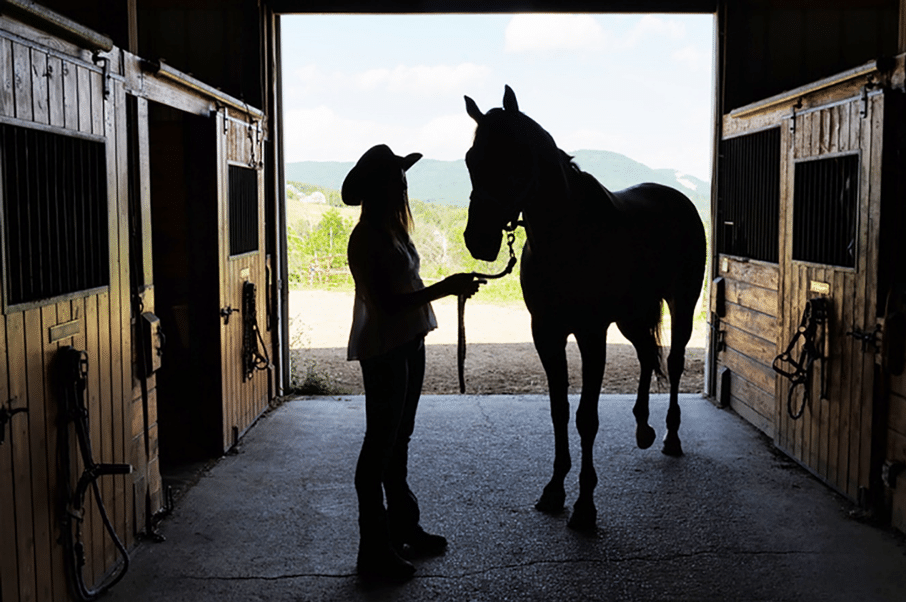
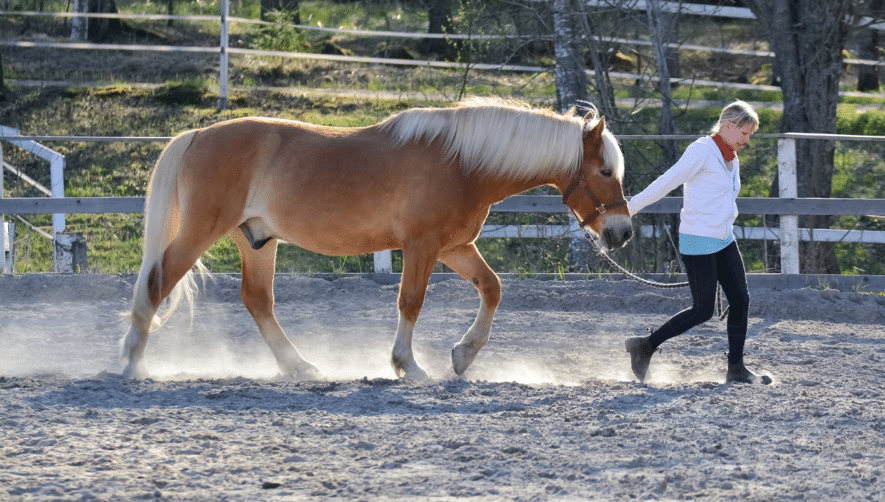
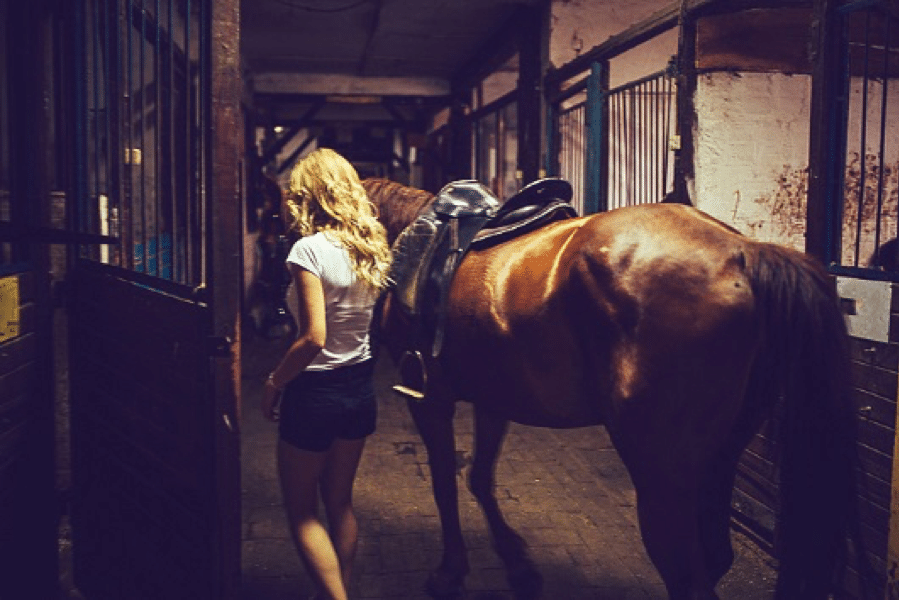
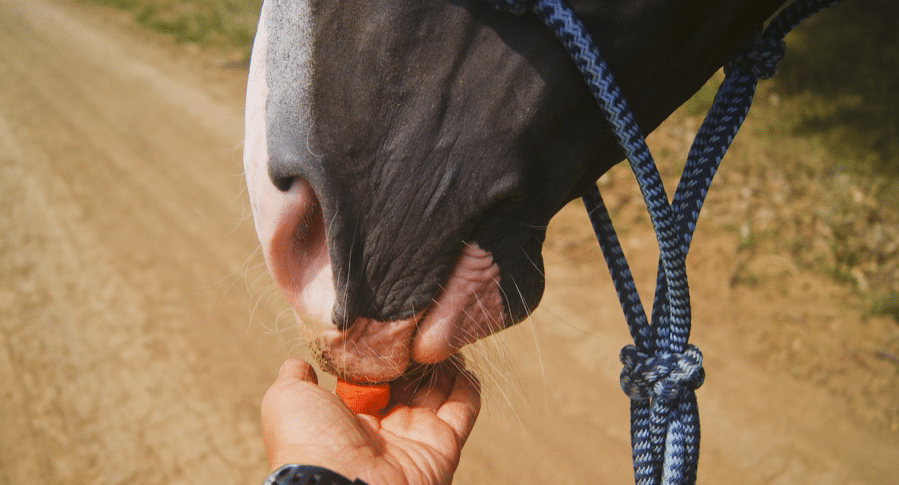
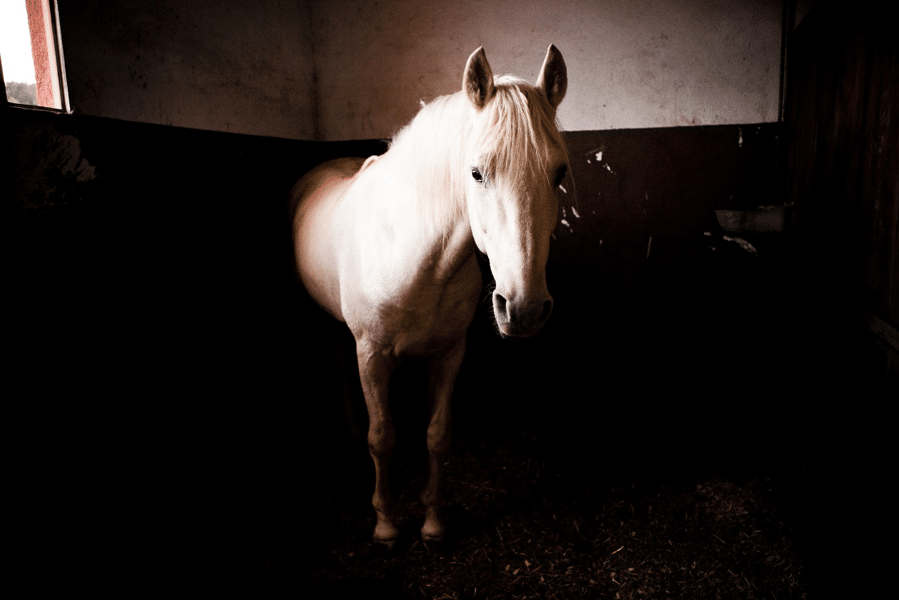
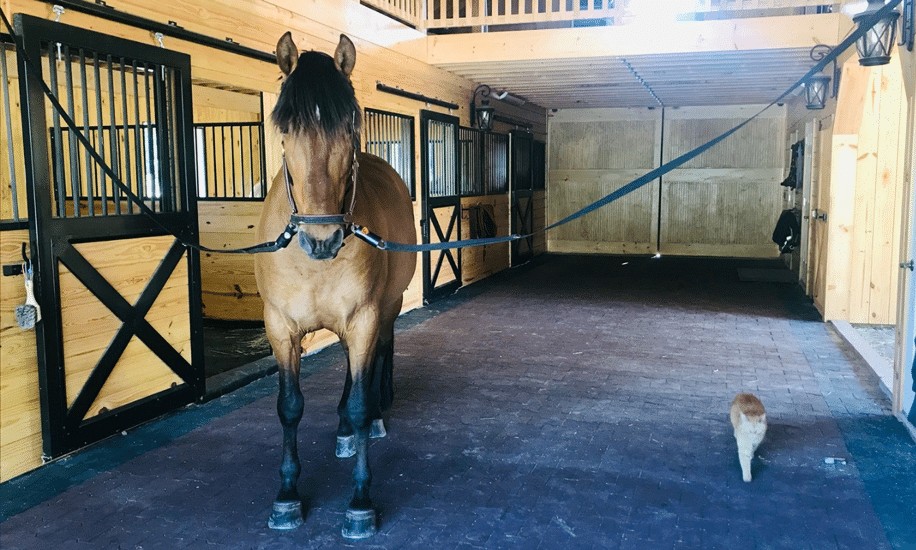
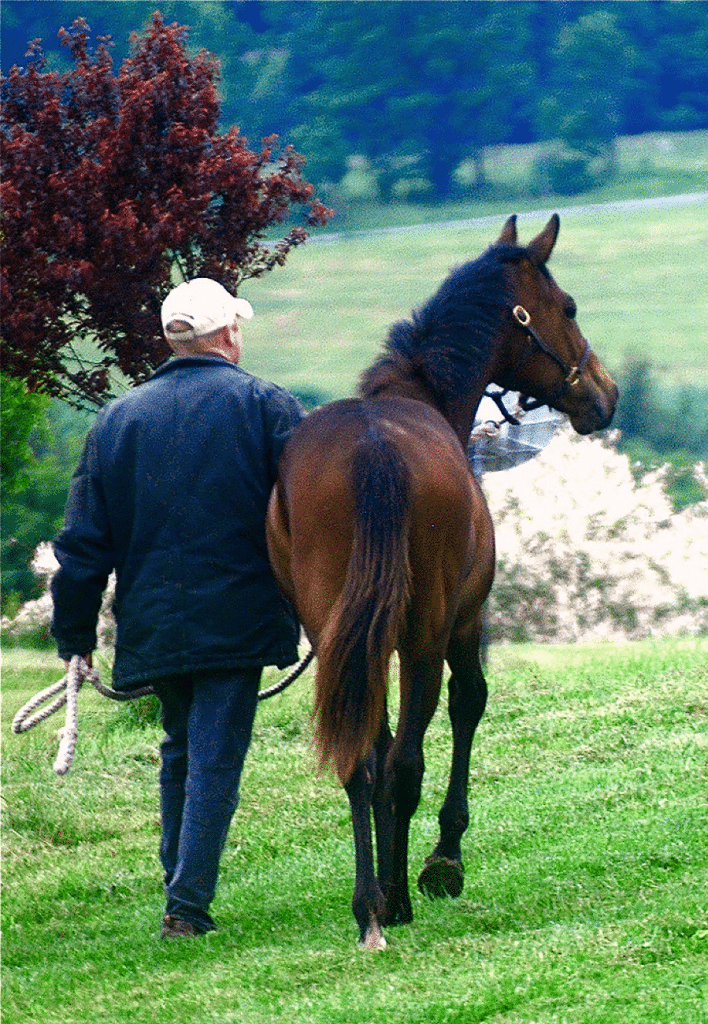

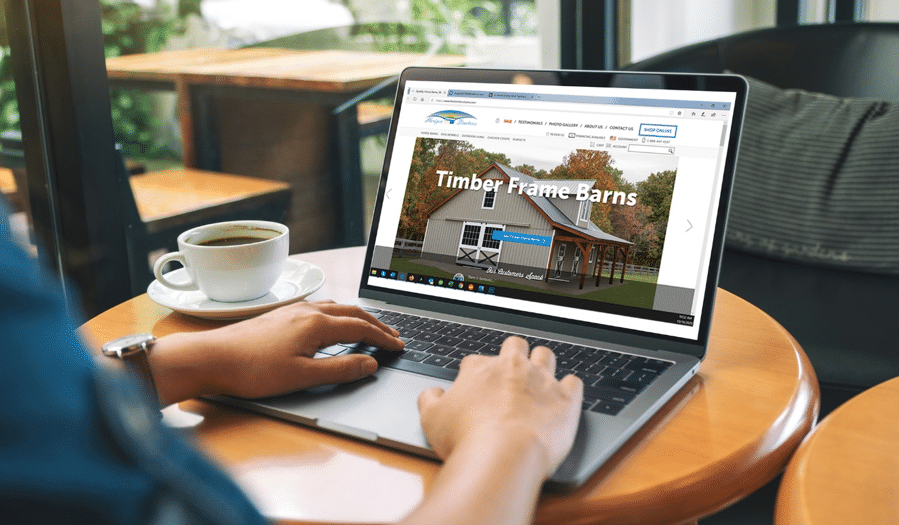





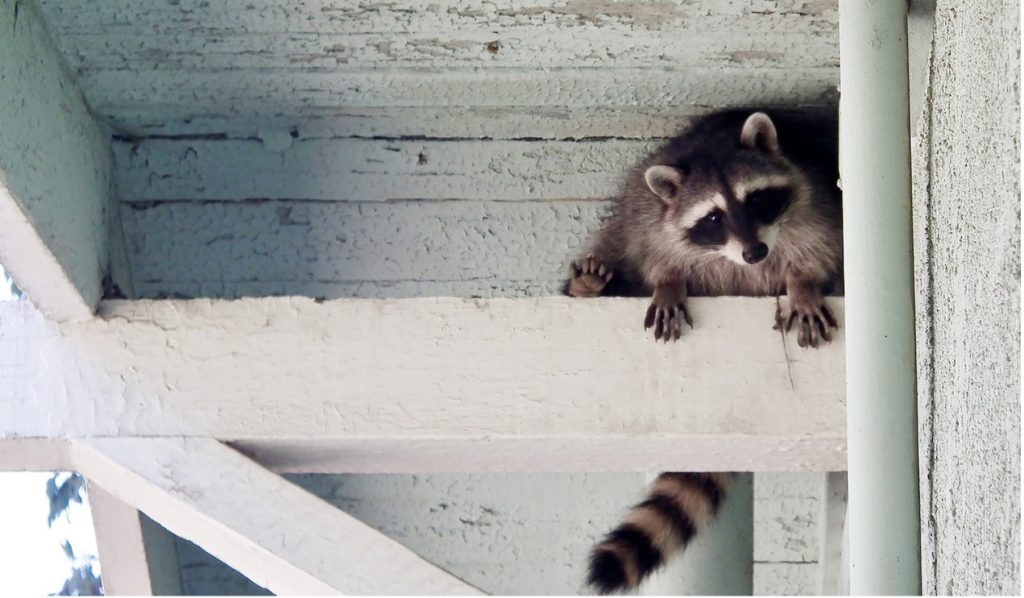
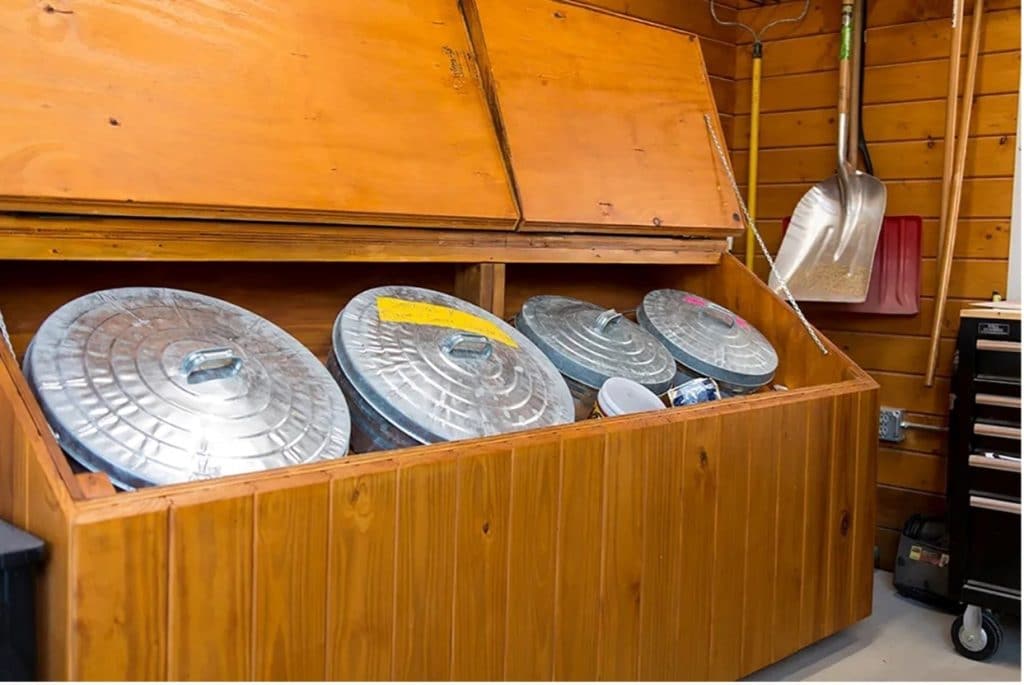 Photo Credit
Photo Credit 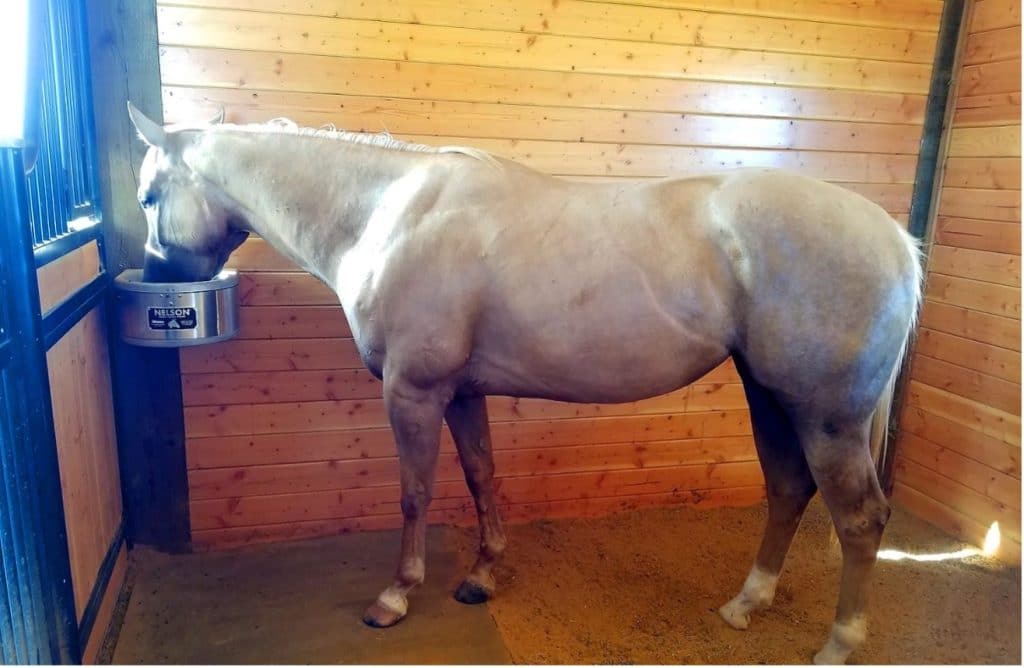 Photo Credit
Photo Credit 

